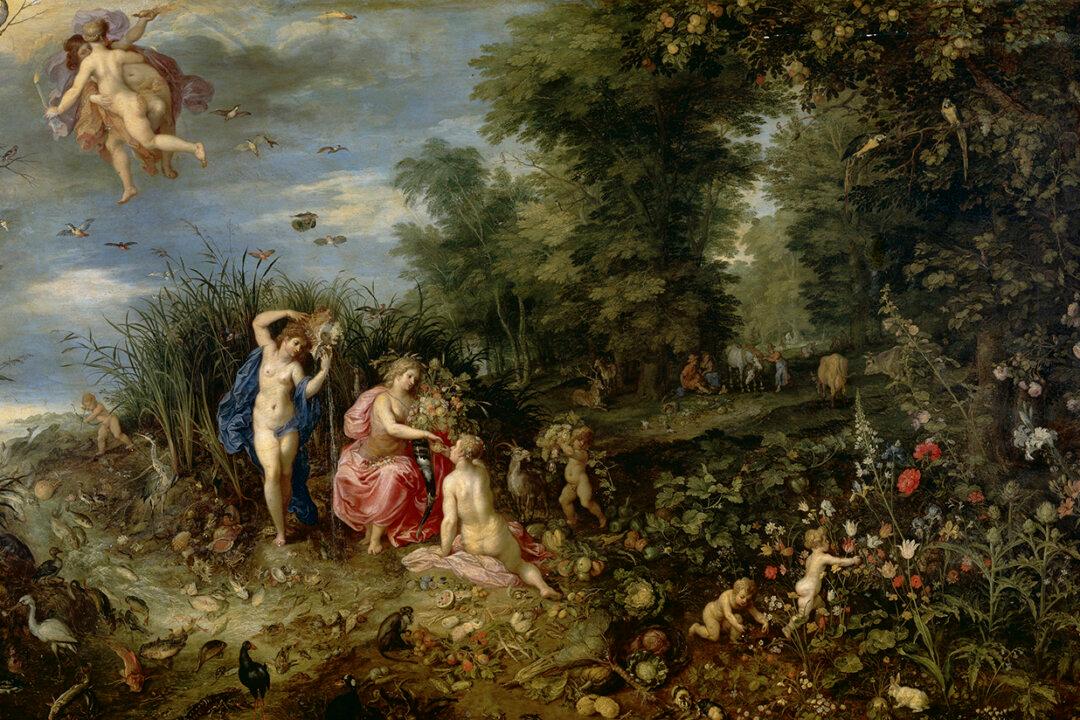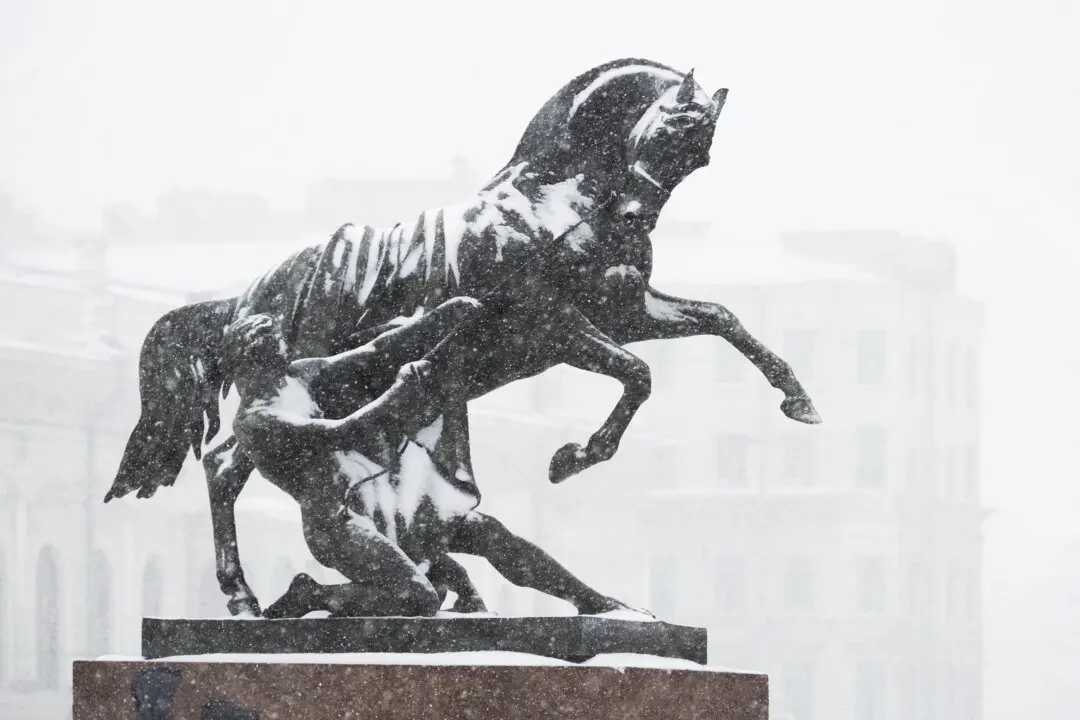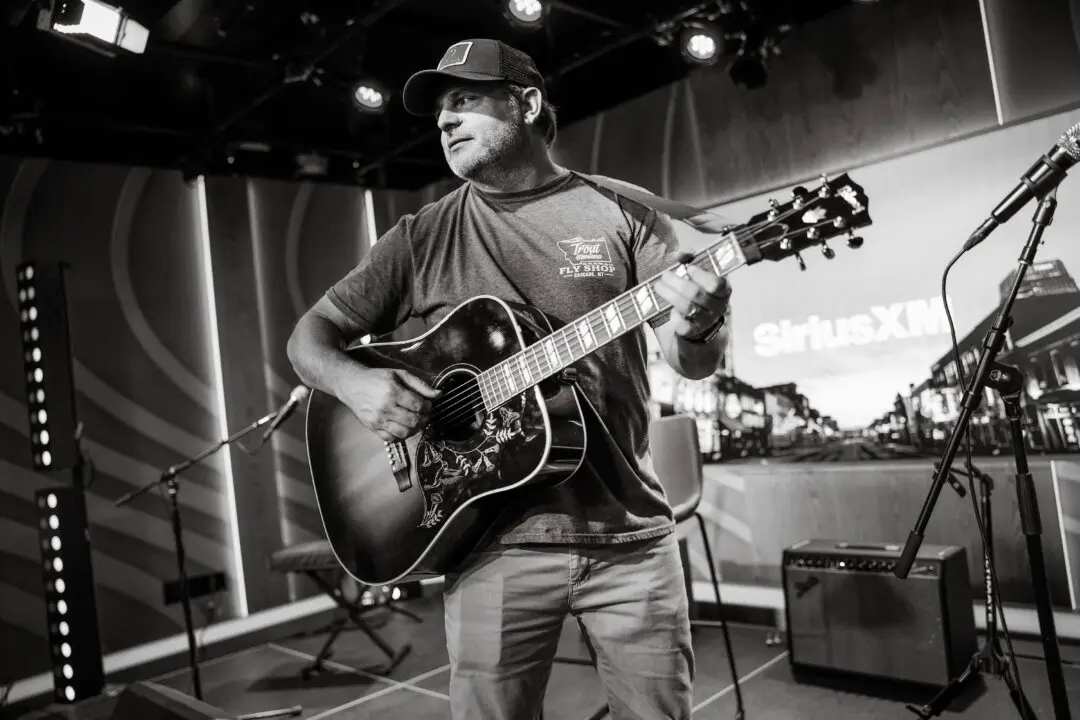Today, Italian composer Antonio Vivaldi’s series of violin concertos, “The Four Seasons,” is instantly recognizable. However, after its celebrated debut during Europe’s Baroque period in the 1700s, it was forgotten for centuries. It wasn’t until the 20th century that one of the most successful violinists helped catapult the Italian classical composer’s most famous work onto the international stage.
The pioneering piece of inventive classical music was written to inspire audiences to picture the vivid changing of each season. Vivaldi’s “Spring” concerto, which kicks off the series, became the cornerstone of the piece.





